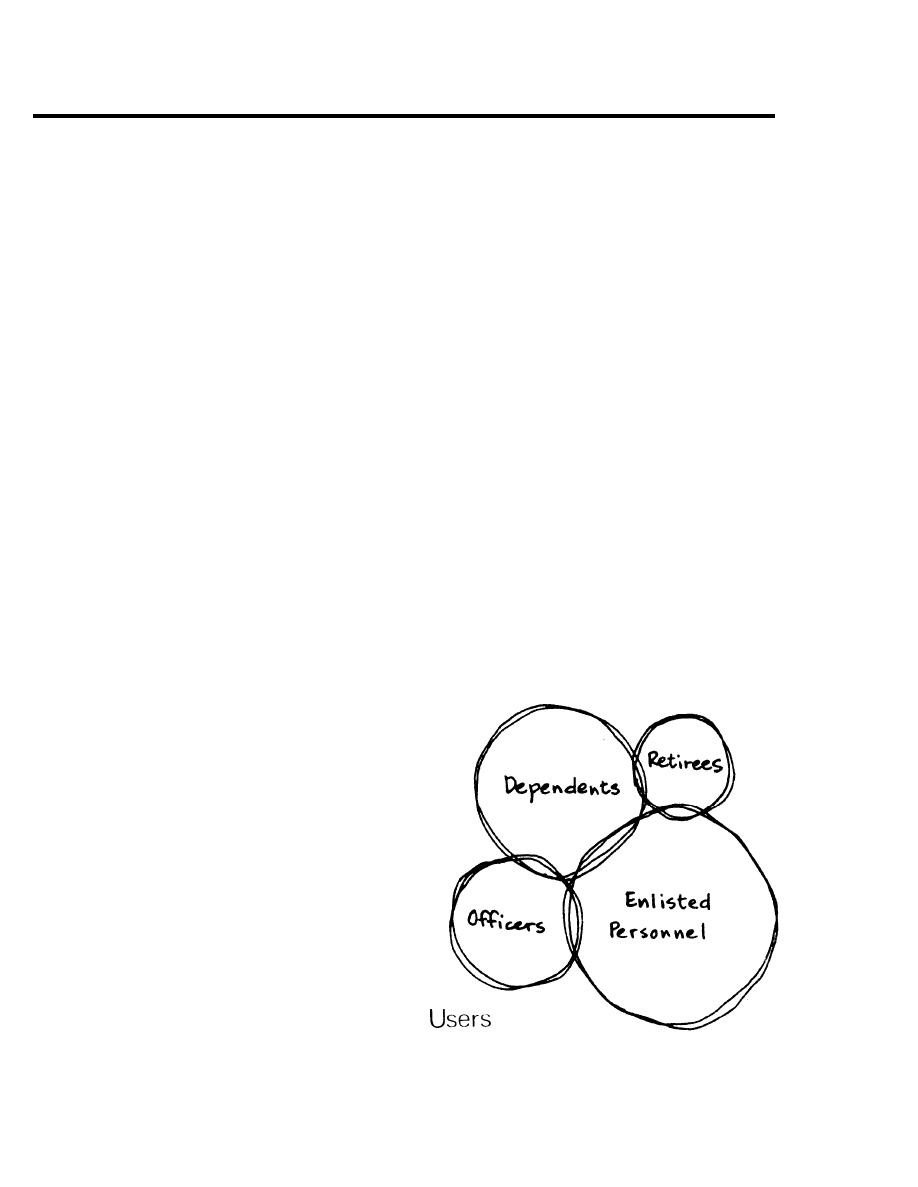
Page 9
DG 1110-3-124
August 1976
a.
The Arts and Crafts Center attracts a diversified cross
2-3 Participants
section of the installation community. There are often
correlations between particular activities and various cate-
gories of users. For example, military career and retired
personnel usually make heavy use of woodworking shops,
younger enlisted men are the primary participants in
photography, and dependents are often most interested in
the broad range of general handicrafts.
b. Transient and permanent post personnel also have
different program needs. Transient personnel have less
time to devote to long-term projects and are more likely
to use the center for smaller projects and brief periods of
time at irregular intervals.
c.
No arts and crafts program can, or should, remain
unchanged for very long. Directors should always be on
the alert to detect new trends. The average Army's recruit
today may have different interests than his predecessor,
and his involvement in craft pastimes will not necessarily
be the same. As a result, the popularity of the various arts
and crafts activities also change. For example, there was
little demand for glassblowing in the past, but now it is
rapidly increasing.
d.
Many factors influence the number of participants
in an arts and crafts program, but the most important is
probably the effectiveness and enthusiasm of the director
and staff. The location and type of installation, competing
civilian facilities, climate and cultural attitudes all effect
participation in arts and crafts.


 Previous Page
Previous Page
